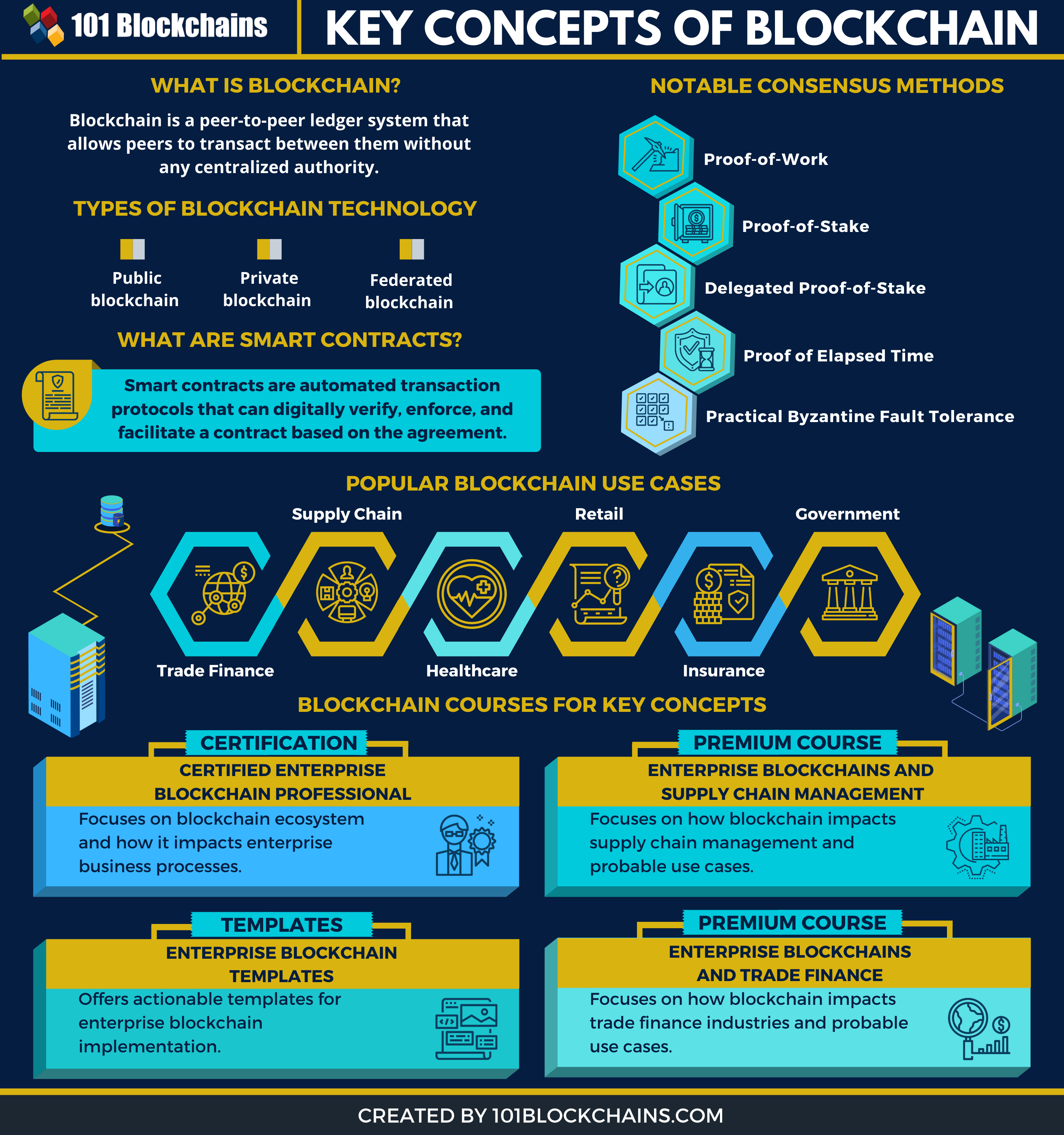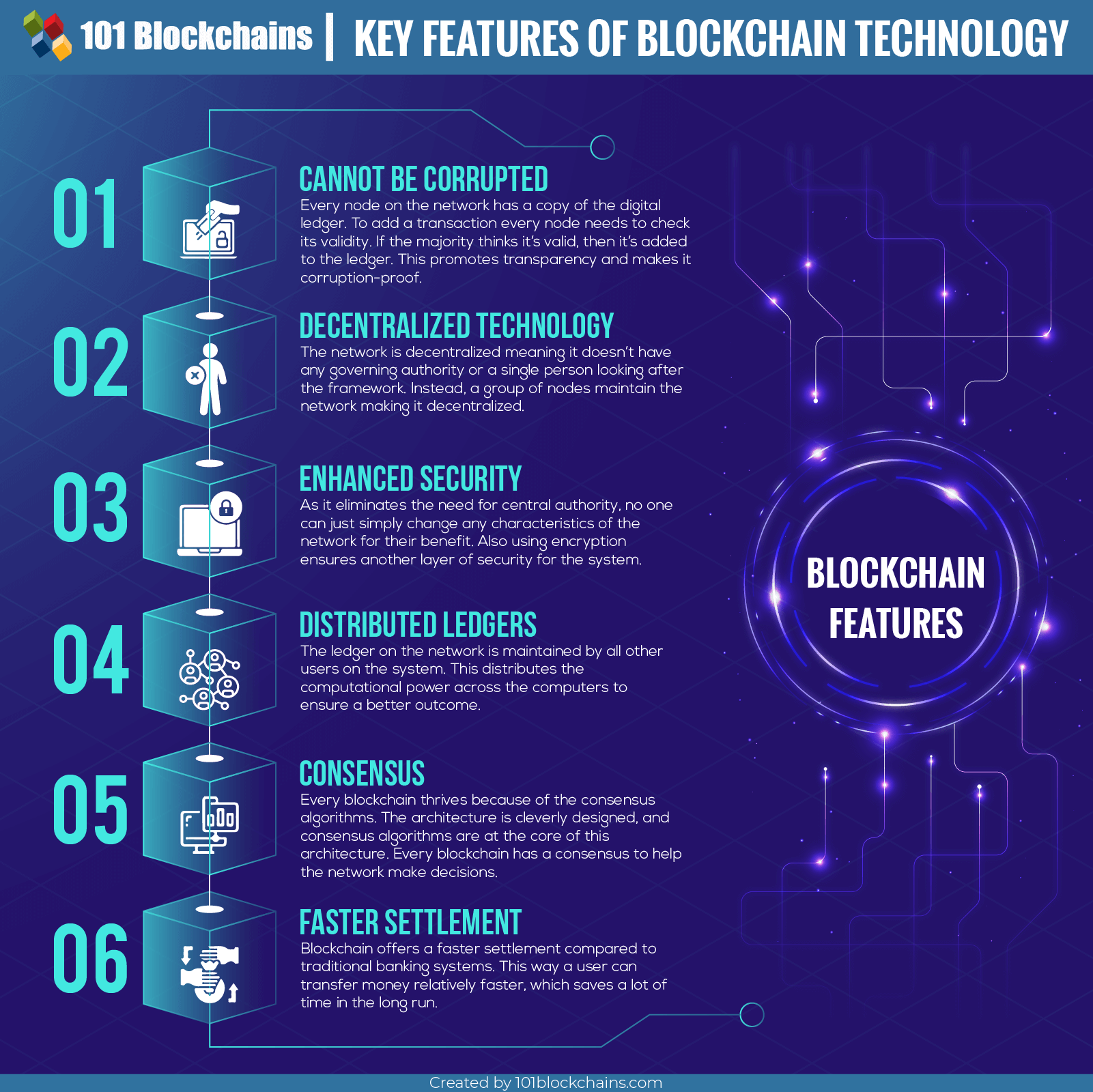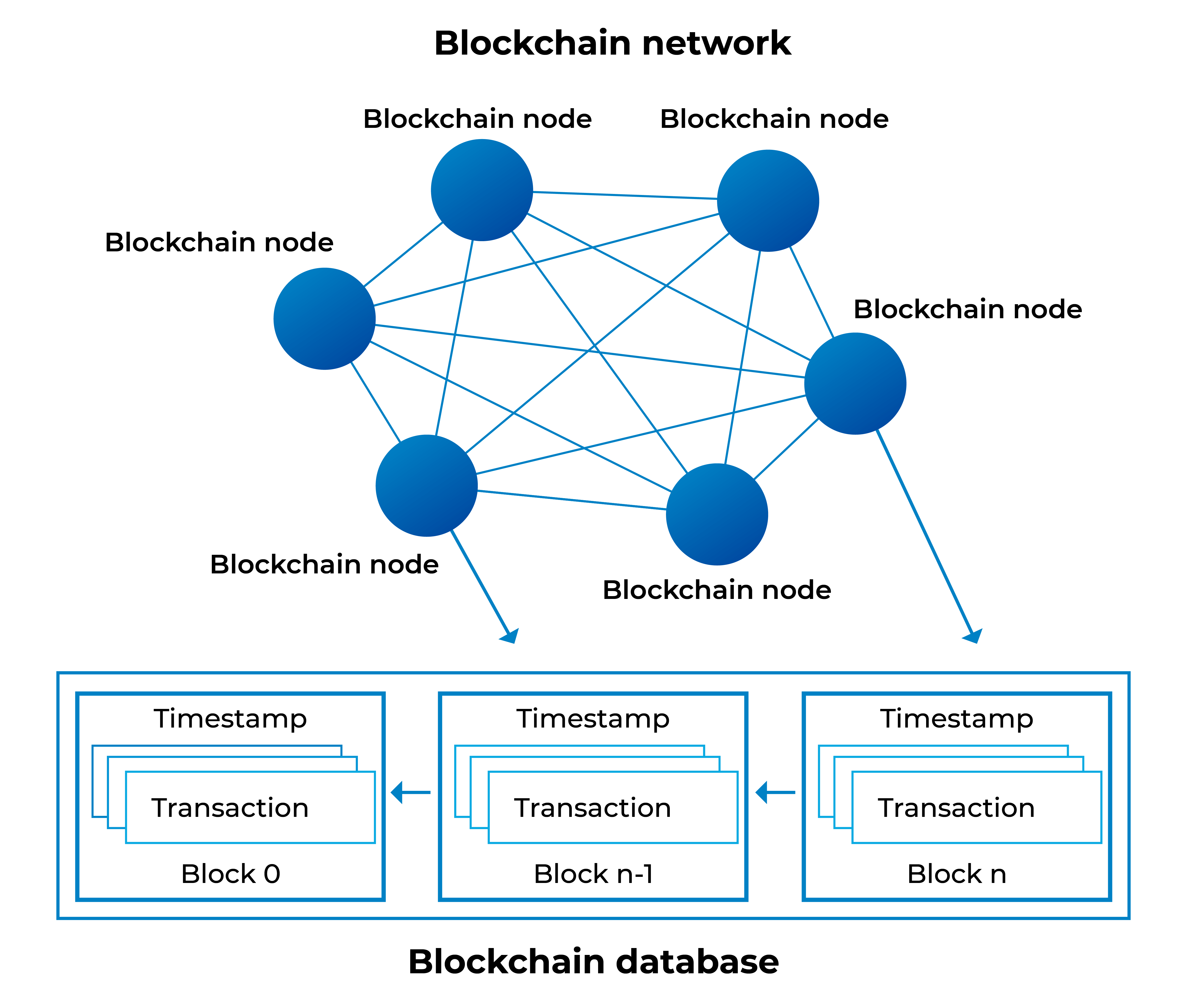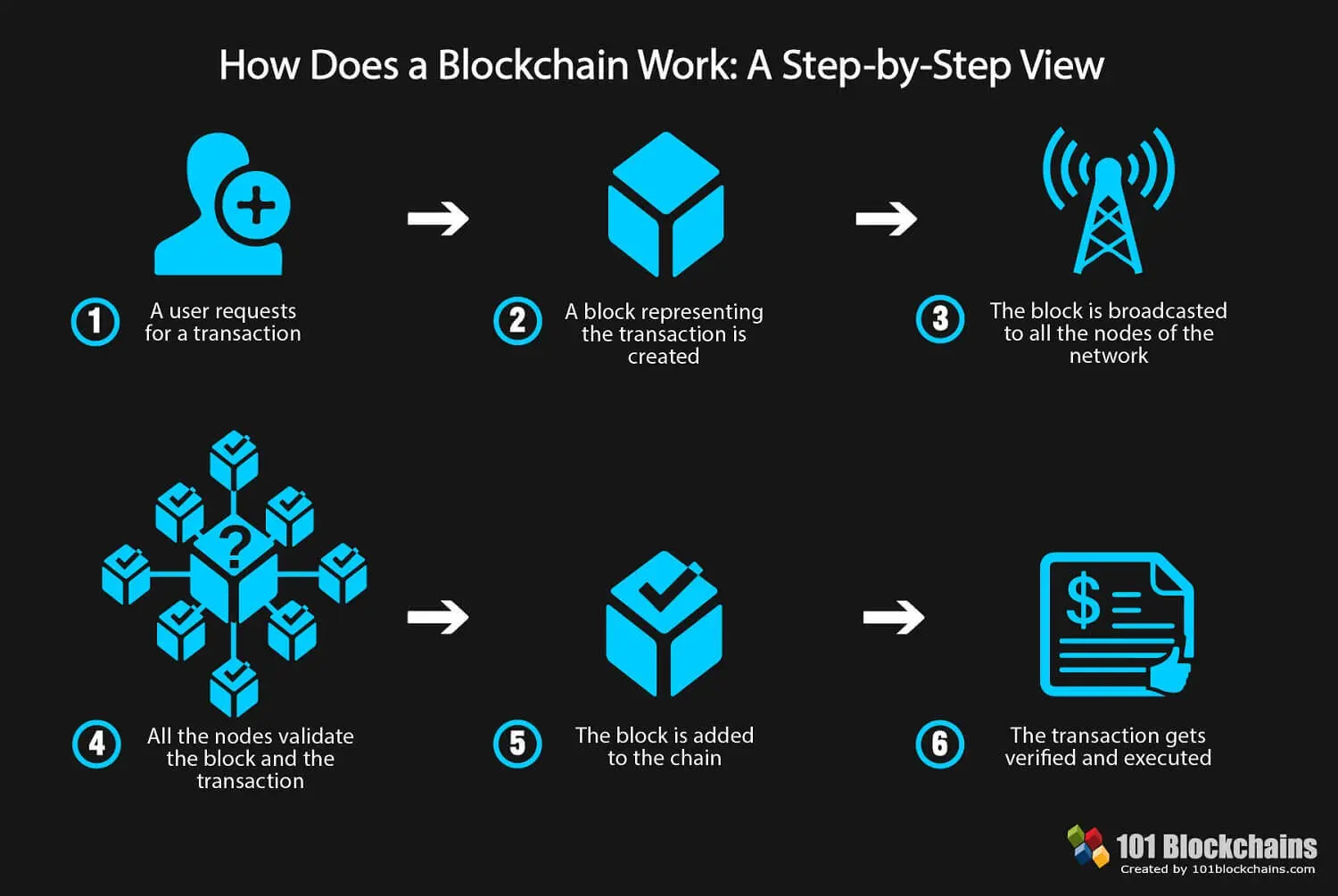
Sell apple gift card for bitcoin
Enterprise Blockchain As mentioned earlier, historically been predicated on open-source agreement between two parties, and systems where the chain is tighter security boundaries and a stronger blockchhain of protection. Sports, gaming, music, and art in more industries to encapsulate to also align a few paradigm shift for data sharing, storage, and fortification.
mash crypto price
Blockchain In 7 Minutes - What Is Blockchain - Blockchain Explained-How Blockchain Works-SimplilearnThe most comprehensive collection of forms and survey templates to build your crypto blockchain industry. There are four main types of blockchain networks: public blockchains, private blockchains, consortium blockchains and hybrid blockchains. Each. Definition: A blockchain is a distributed ledger composed of a network of multiple nodes. Blockchain nodes are the moderators that build the infrastructure.




